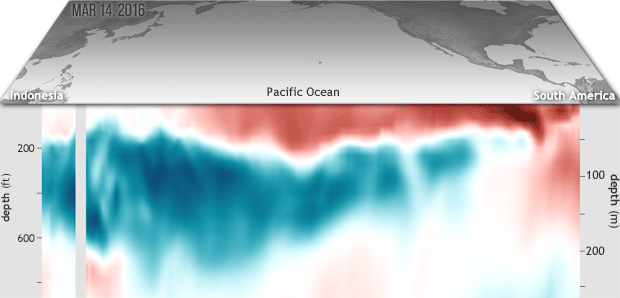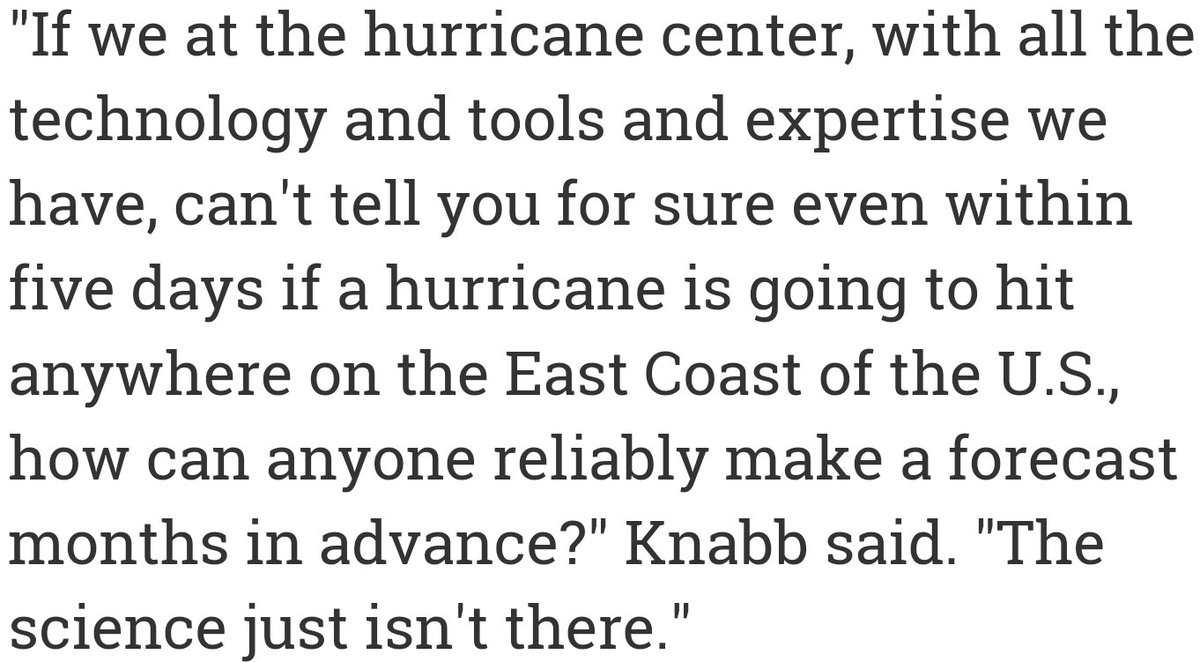Its that time of year when Floridians are on-guard hoping to avoid a direct hit from the world's strongest storm...a hurricane. The season runs from the first of June through the end of November, but this is a man-made time frame, hurricanes can happen at anytime.
As a matter of fact, we are already tracking Tropical Depression #2 which is aiming for the Carolinas. NHC thinks it could become TS Bonnie over the next 24 hours. We we've already seen a hurricane this year, in the month of January by the name of "Alex". The last time a hurricane developed this early was January of 1938.
"Alex", was born on January 13th as a Sub-Tropical Storm in the middle of the Atlantic and by the following morning it reached hurricane status.
It threatened the Azores in the far Eastern Atlantic but it eventually fell apart on Friday January 15th.
The main ingredient for hurricane formation is hot sea surface water, on average 80 degrees and above. Anything lower and there is not enough fuel for systems to develop. This is why hurricane season spans the months of June through November when you get the warmest waters in the Atlantic basin.
Seasonal Forecasts:
The hurricane center is calling for 10 to 16 named systems, out of which 4 to 8 could become hurricanes, and out of that number, maybe 1 to 4 can reach Major Hurricane status (category 3 or above). If you compare to what is average, it appears we may see a typical season. What these projections can't tell you is where a hurricane may strike, or how strong it may be. Plan as if we will get hit, and you will be prepared for anything Mother Nature throws our way.
The Colorado State University outlook
 (The last issued by the combo of Philip Klotzbach and Dr. William Gray. Dr. Gray passed last month at age 86. He was a pioneer in long range forecasting.) The forecast calls for, 12 named systems, out of which, 5 could be hurricanes, and out of this number, 2 may reach Major Status with winds of over 111mph.
(The last issued by the combo of Philip Klotzbach and Dr. William Gray. Dr. Gray passed last month at age 86. He was a pioneer in long range forecasting.) The forecast calls for, 12 named systems, out of which, 5 could be hurricanes, and out of this number, 2 may reach Major Status with winds of over 111mph.Key Factors to watch for:
Sea Surface temps: Models are not in fair agreement as to how hot the Atlantic Ocean may be in 2016. Some suggest a pool of cold water in the Northern Atlantic (highlighted in blue South of Greenland) dipping South inhibiting or at least slowing down hurricane formation.
Others, like the North American Multi-Model Ensemble shown here, illustrates very warm waters all along the East Coast, Florida, and even in the Gulf of Mexico for the months of August, September, and October.
This warm water scenario could in turn make for a more active season.
El Niño / La Niña: This phenomenon will also be a key player in 2016. We've had one of the strongest "El Niño" event on record since last season.
 As you know, "El Niño", is a warming of the Equatorial Waters of the Pacific Ocean. It not only disrupts marine currents, but atmospheric ones as well.
As you know, "El Niño", is a warming of the Equatorial Waters of the Pacific Ocean. It not only disrupts marine currents, but atmospheric ones as well.It also causes strong upper level winds that move from the Pacific into the Caribbean and Atlantic cutting down the tops of developing systems. It usually means a quieter season.
But "El Niño" is weakening and expected to cool down below average by late summer/early fall turning it into "La Niña"
"La Niña is a cooling of the Pacific waters and it tends to weaken that upper air shear that keeps systems in check. In turn we tend to see more activity during "La Niña" years. Add this to possibly warmer water temps and it may turn out to be an active year. All we can do is watch and wait.
You can see in this animation how the Pacific waters are already transitioning from warm to cold. This could lead to more activity later in the season. It is something worth watching.
But why the seasonal forecasts?
Check out what Dr. Richard Knabb, the director of the hurricane center had to say recently regarding long seasonal outlooks.
Here lays the problem. We all want to alert you and let you know how active a season may be. But are we doing a disservice? If the forecasts are low, do you prepare less and let your guard down? More preps if season is to be active?
Why don't we all just prepare accordingly and be ready for whatever Mother Nature throws our way? It is going to take plenty soul searching from the Media, NHC, insurance companies, and you to figure out how we proceed in the long run. Seasonal outlooks or none.
But we must prepare just in case:
- If an earthquake were to happen right now, I could not give you any warning.
- A tornado? A few minutes heads up could be a lifesaver.
- A Hurricane?: Unlike the above mentioned events, you will never be taken by surprise. You will get bored of seeing all of us weather people alerting you ad nauseum, sometimes up to a week out. So you can prepare. Now is the time to review your hurricane plan.
The most important thing to do is to make sure your property is protected. Shutters or wood panels are all good to protect your windows and doors. If you have impact resistant windows, be aware, it doesn't mean proof. While they may resist a direct projectile impact, they may shatter on the inside and if you are standing right by it, you could get hurt.
If you live in an area prone to flooding or near a body of water, make sure you are ready to evacuate when told to do so. Make those arrangements now.
For a complete list on preparedness info, check out our on-line hurricane map and guide:
Link to WSVN's Hurricane Map and guide. Click here
Also, don't do it all at once. Buy a couple of water bottles here and there, some extra canned foods, a flashlight with batteries now, maybe a solar phone charger down the road. The trick is to do it within your means and way before a system threatens.





Yes, You heard that right! Hurricane Season 2016 in on the way. before Its get too late, prepare yourself with websitie name. Use our accordion shutters to feel secure from the Hurricane.
ReplyDelete